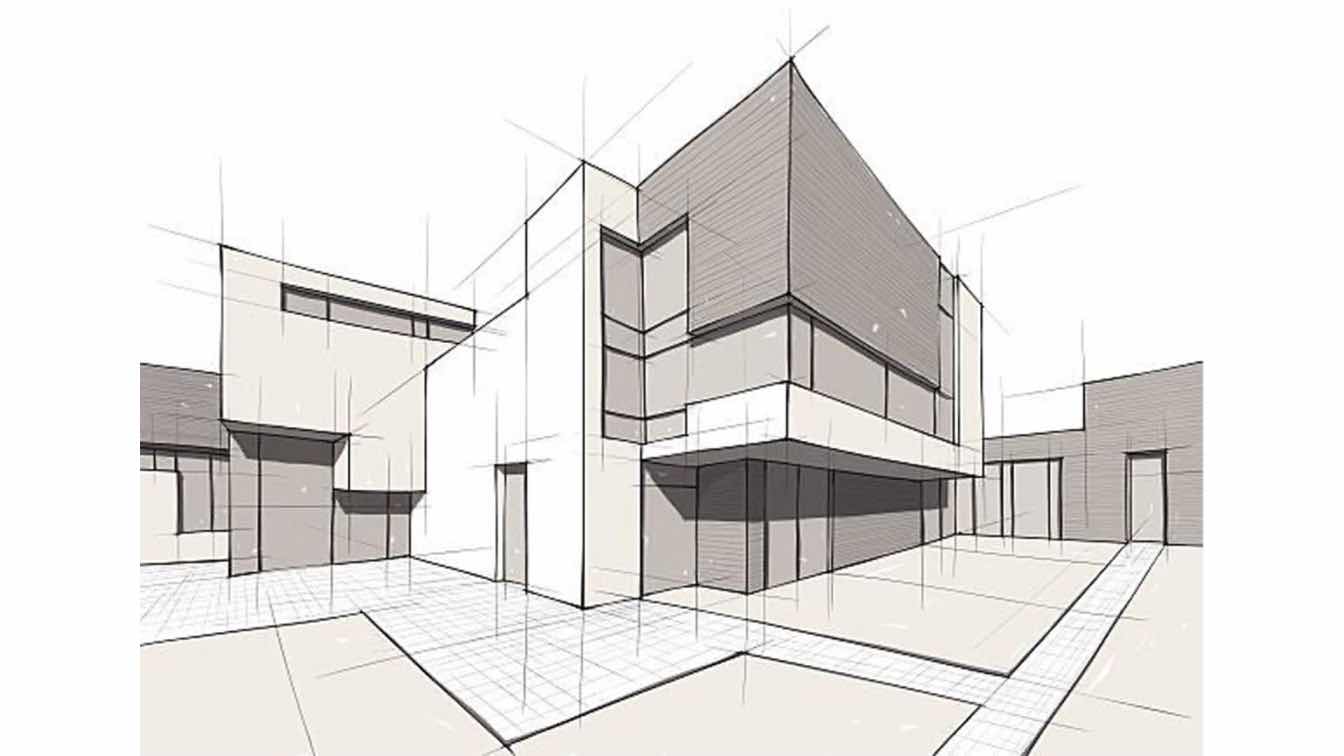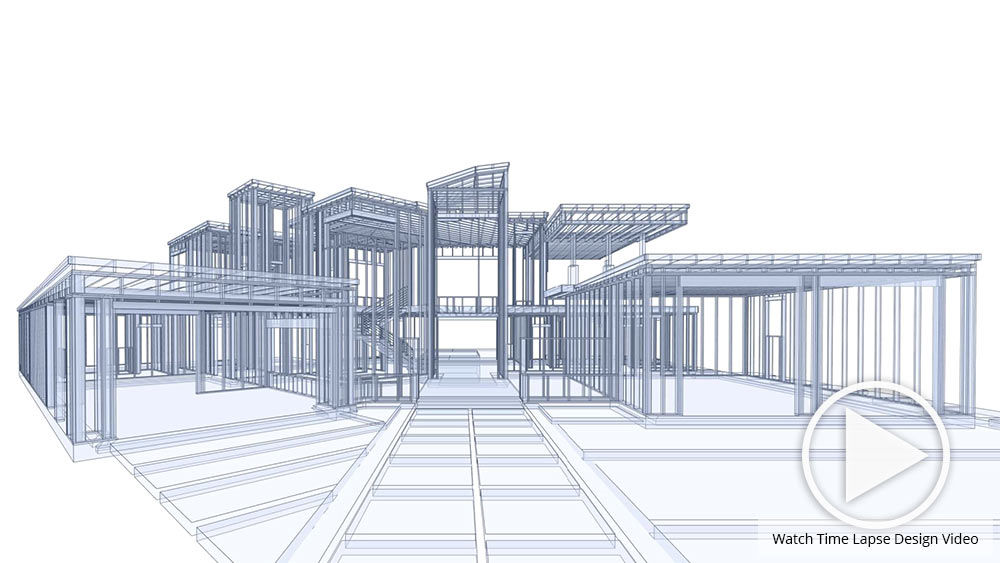Transforming Areas: The Vision of CDA Architects for Modern Living
Transforming Areas: The Vision of CDA Architects for Modern Living
Blog Article
A Comprehensive Summary of Building Designs and Their Impact on Modern City Preparation and Development
Architectural styles have long acted as a mirror to the societal values and technological improvements of their time, playing a crucial role in shaping modern city planning and development. From the splendour of Neoclassicism to the utilitarian method of Brutalism, each style has presented special principles that affect metropolitan aesthetics and functionality. As contemporary challenges arise, including sustainability and area needs, understanding these historical frameworks comes to be necessary. The resulting dialogue not just informs future style practices yet additionally increases significant concerns regarding the balance between heritage and innovation in our evolving city landscapes.
Historic Review of Building Styles

As cultures transitioned with the Center Ages, Gothic design emerged, defined by its verticality and detailed describing, mirroring the spiritual goals of the era. The Renaissance noted a resurgence of classic ideals, combining art and style in ingenious methods that influenced succeeding designs across Europe.

Today, building styles remain to evolve, driven by globalization and sustainability worries, reflecting a dynamic interaction between heritage and advancement. This historic summary emphasizes the significance of design as a mirror of social evolution and as a driver for city development.
Key Architectural Styles Explained
The variety of building designs reflects the myriad influences that form our constructed setting, each embodying unique attributes and social significances. Key architectural designs consist of Timeless, Gothic, Baroque, Modernism, and Postmodernism, each representing distinct historical contexts and visual approaches.
Timeless style, rooted in ancient Greece and Rome, emphasizes symmetry, proportion, and the use of columns (cda architects). In contrast, Gothic design, growing in the center Ages, is identified by sharp arcs, ribbed safes, and flying buttresses, developing a heavenly high quality in basilicas. Baroque design, emerging in the 17th century, is marked by splendour, fancy decoration, and a dynamic interplay of light and shadow
Modernism, which gained energy in the very early 20th century, focuses on feature over type, using new materials like steel and glass to create minimal frameworks. Postmodernism, responding versus the austerity of Innovation, accepts eclecticism and historical reference, frequently incorporating playful components and paradox.

Effect on Urban Preparation
In shaping the advancement of cities, building designs significantly influence metropolitan preparation choices. The selection of building style frequently determines the appearances, functionality, and overall character of metropolitan atmospheres.
In addition, building designs can impact zoning policies and land utilize plans. Urban organizers must consider the prevailing architectural trends when developing districts, guaranteeing that brand-new growths integrate with existing frameworks. This consideration fosters cohesive urban landscapes and boosts community identification.
The execution click here to find out more of specific building designs can likewise influence socioeconomic elements within a city. High-end modern styles may attract affluent homeowners and services, leading to gentrification, while much more inexpensive housing remedies might prioritize practical and lasting designs to accommodate diverse populaces. cda architects. Inevitably, the interplay between building designs and metropolitan preparation produces vibrant cities that show both historical context and modern needs, forming the lived experiences of their residents
Sustainability and Modern Architecture
Building designs play an essential role in resolving contemporary obstacles, particularly in the world of sustainability. As urban locations increase and ecological issues escalate, contemporary style increasingly welcomes sustainable style concepts that prioritize energy performance, resource conservation, and marginal ecological effect.
Contemporary building movements, such as biophilic style and environment-friendly architecture, advocate for frameworks that harmonize with their surroundings, using all-natural products and promoting biodiversity. These styles usually incorporate renewable resource resources, click now such as solar panels and wind turbines, to minimize dependence on nonrenewable fuel sources and lower carbon footprints.
Additionally, the assimilation of innovative technologies, such as wise building systems, improves power monitoring, maximizing resource usage while guaranteeing resident comfort. Ingenious water monitoring approaches, consisting of rainwater harvesting and greywater recycling, further add to sustainable urban environments.
Significantly, sustainability prolongs beyond environmental issues; it includes social and financial dimensions also. By fostering community health and advertising inclusivity, modern-day building designs line up with sustainable development goals. As a result, the development of architectural practices continues to form resistant cities that view not just satisfy the requirements of today however additionally protect the future for generations to come.
Community Involvement in Layout
Neighborhood engagement in layout functions as a critical bridge in between architects and the populaces they offer, guaranteeing that the built setting shows the needs and desires of its individuals. This collaborative procedure invites area members to contribute their understandings and preferences, cultivating a sense of possession and obligation towards the areas they inhabit.
Reliable community involvement utilizes various techniques, such as workshops, surveys, and public discussion forums, to gather varied perspectives. These techniques help with a two-way discussion, allowing engineers to understand neighborhood contexts while empowering homeowners to voice their worries and desires. This inclusivity not only boosts the design top quality but likewise advertises social equity by dealing with the one-of-a-kind challenges dealt with by marginalized teams.
Furthermore, area engagement can cause cutting-edge services that could not arise in a traditional style procedure. By integrating regional understanding and social worths, architects can produce rooms that reverberate more deeply with individuals, improving use and sustainability. Ultimately, prioritizing neighborhood involvement in layout processes leads to atmospheres that support social communications, support wellness, and reinforce area ties, thus playing a critical function in forming modern-day urban landscapes.
Conclusion
Architectural styles have exceptionally affected modern-day city preparation and growth, mirroring evolving cultural and technological contexts. The combination of historical aesthetics with contemporary needs fosters urban atmospheres that focus on sustainability and neighborhood interaction. As cities proceed to grow and adapt, the ongoing discussion in between building heritage and modern-day style principles will remain important in creating inclusive, vibrant rooms that improve high quality of life and promote social equity. The future of urban development rest on this unified balance.
Report this page